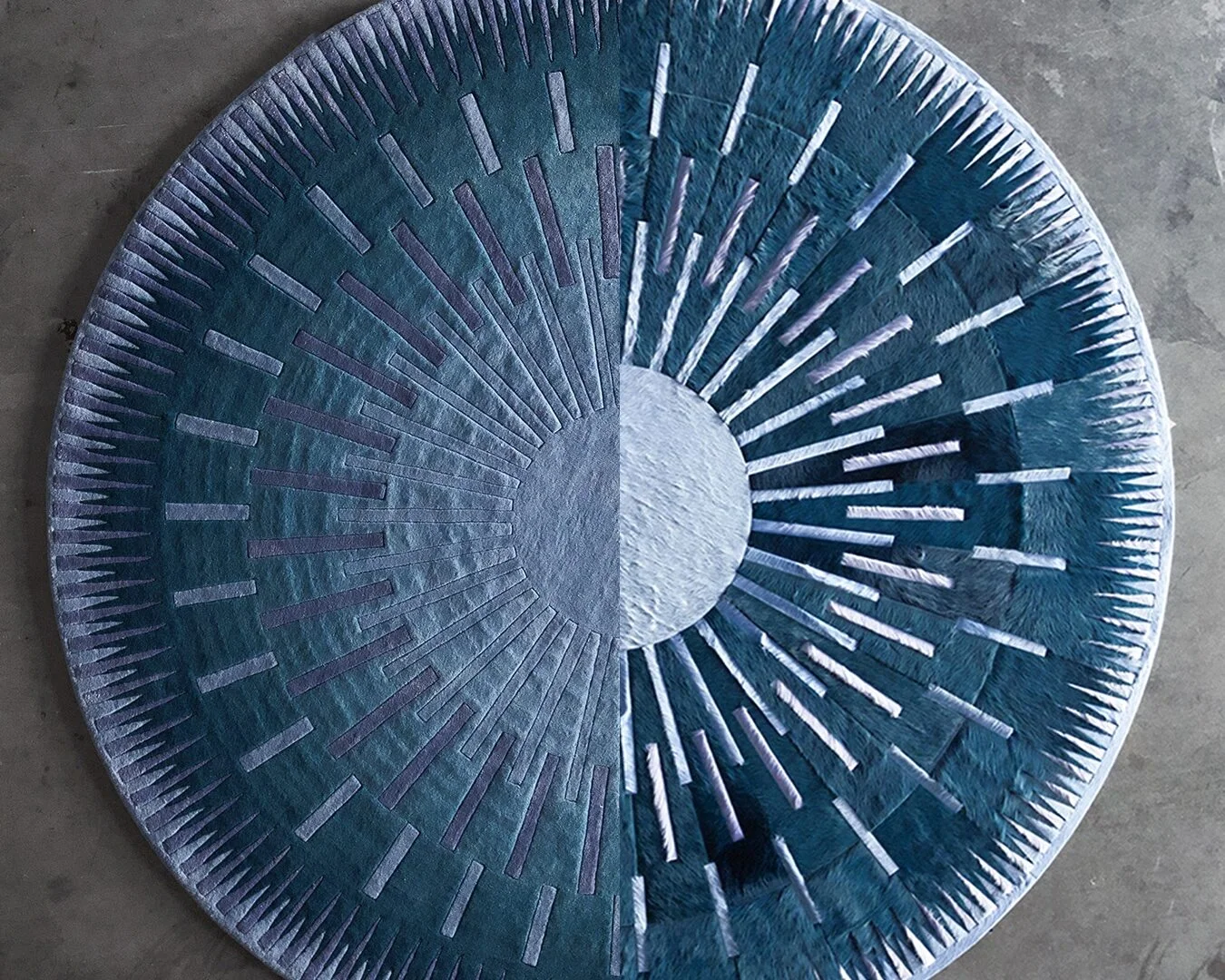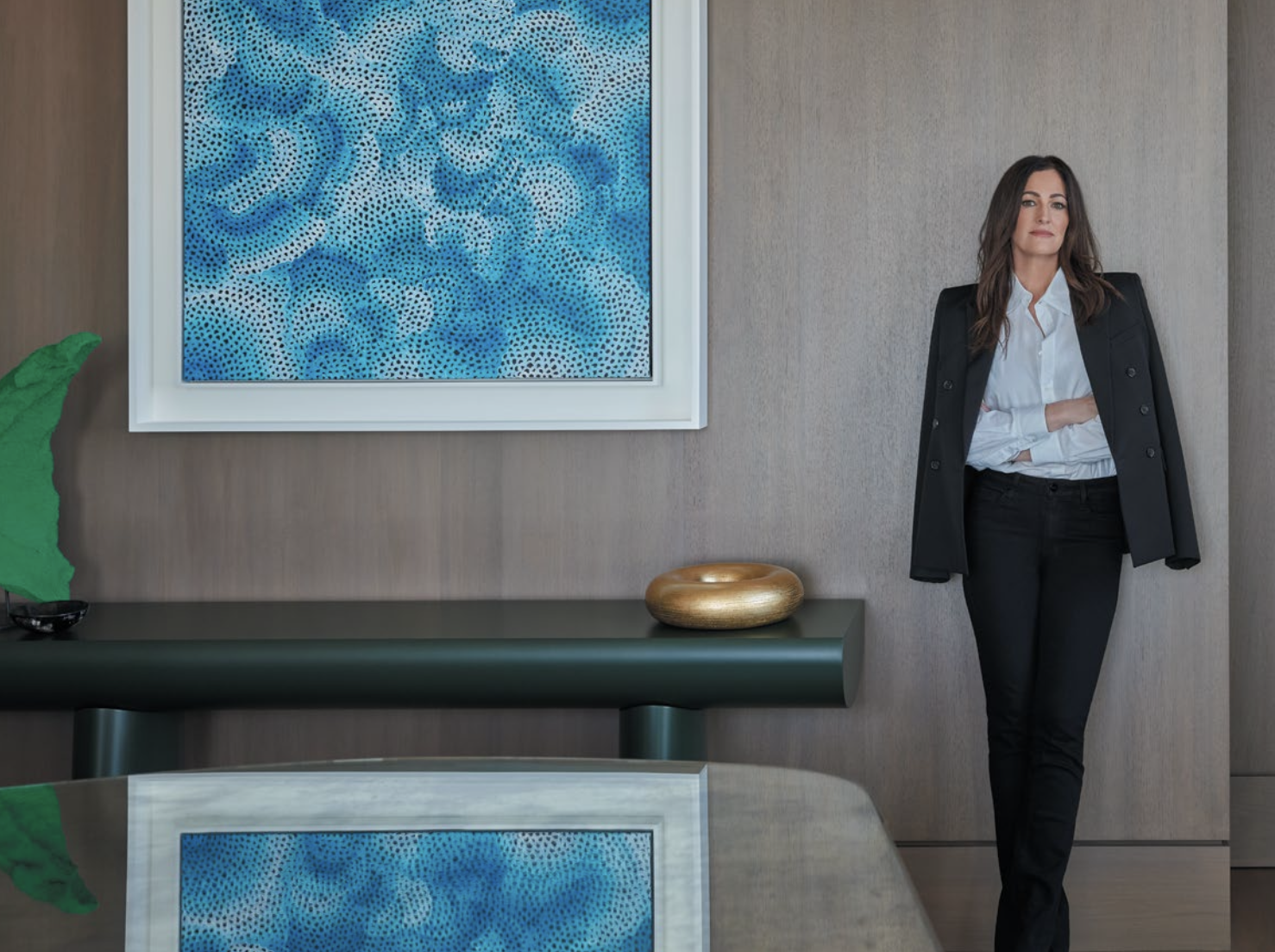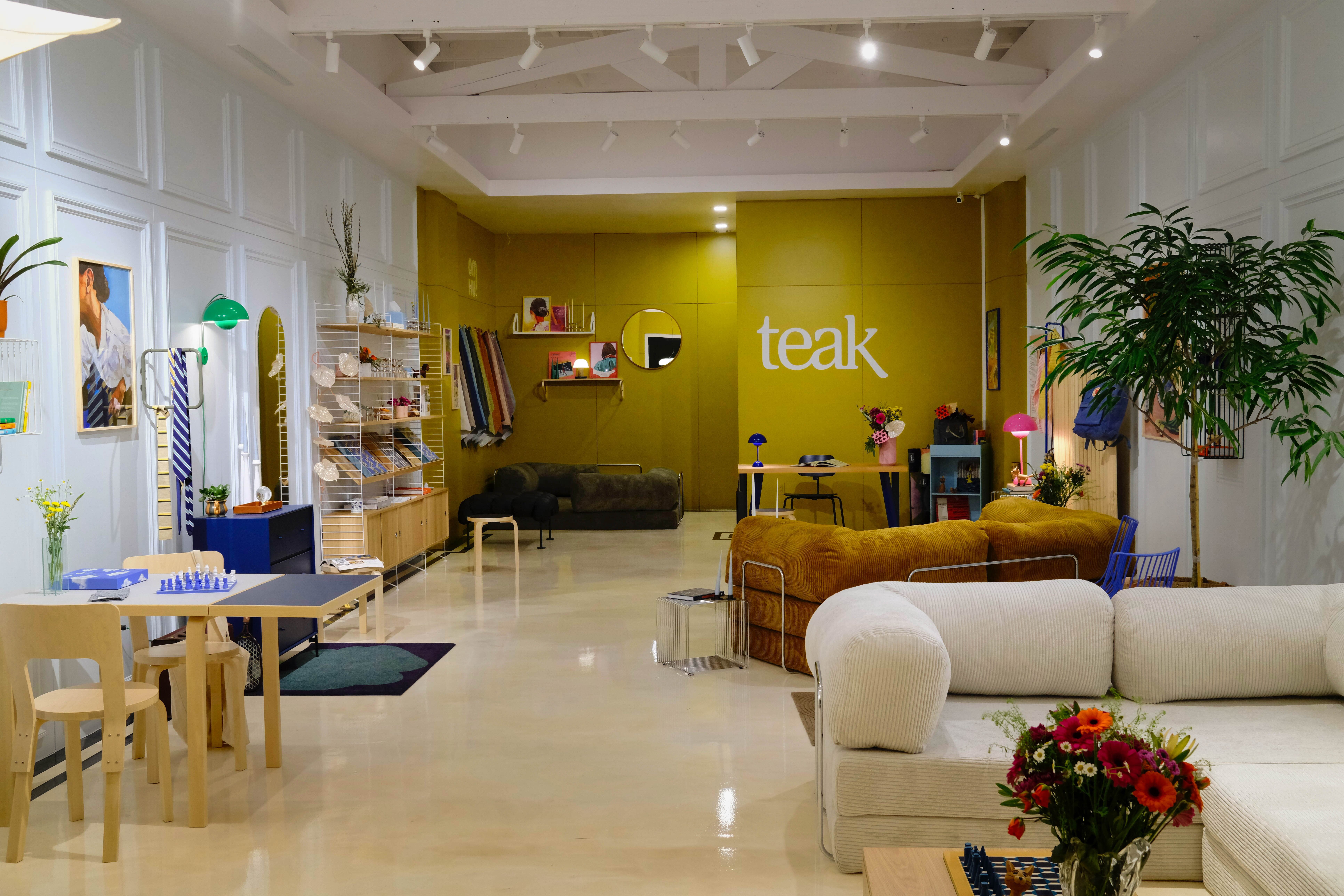Straight to the Source
Author:Anh-Minh LeBlunk House serves as an axis of inspiration for artists and patrons alike

In the late 1950s, JB Blunk embarked on what can be described as a sculpture of epic scale: his Inverness, California, residence. Built by hand over several years with myriad salvaged materials, today, the timber dwelling and outbuildings collectively known as Blunk House are home to the late multidisciplinary artist’s curator daughter, Mariah Nielson. A cabin on the grounds welcomes artists, who create new works in Blunk’s studio that are later exhibited at Blunk Space, the gallery established by the JB Blunk Estate in nearby Point Reyes Station. “The artists can come to the gallery and spend hours, days, looking through JB’s archives and permanent collection,” Nielson says, adding that “the house itself is obviously really inspiring—a great source of ideas.”
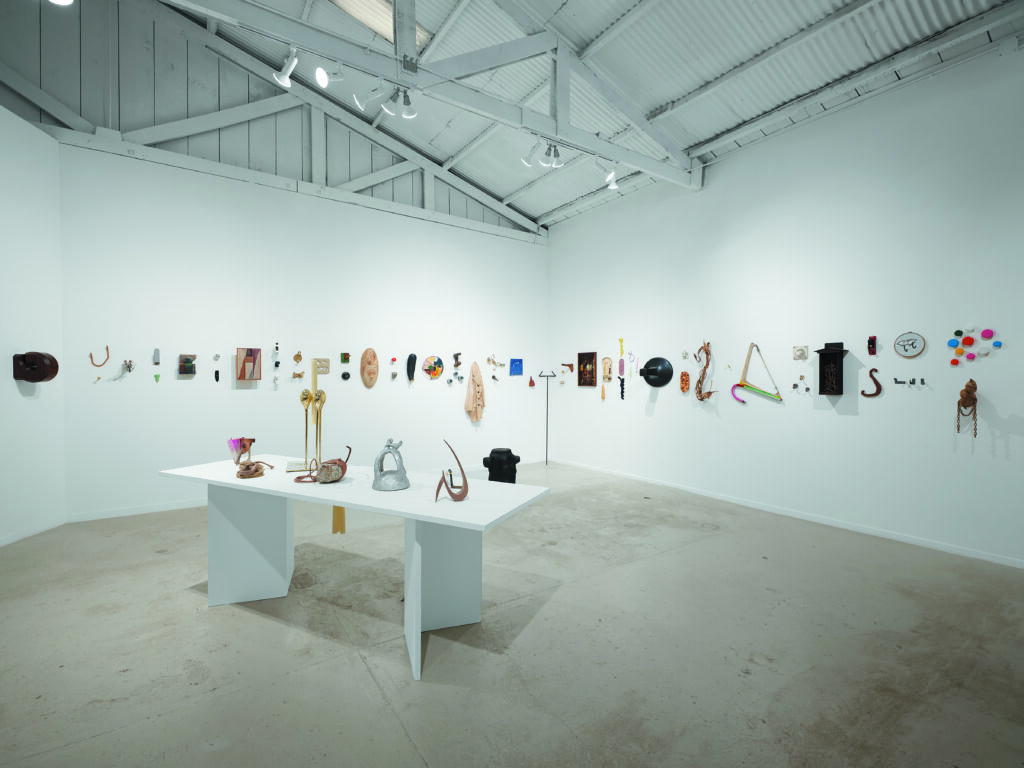
About five years ago, Nielson and friend Lazuli Whitt signed on for the Point Reyes Station venue, where the former operates the estate and Blunk Shop and the latter purveys antique and vintage jewelry. Blunk Space occupies the lower of two levels, mostly with two-person exhibitions that highlight artists within Blunk’s circle alongside contemporary artists, designers and craftspeople.
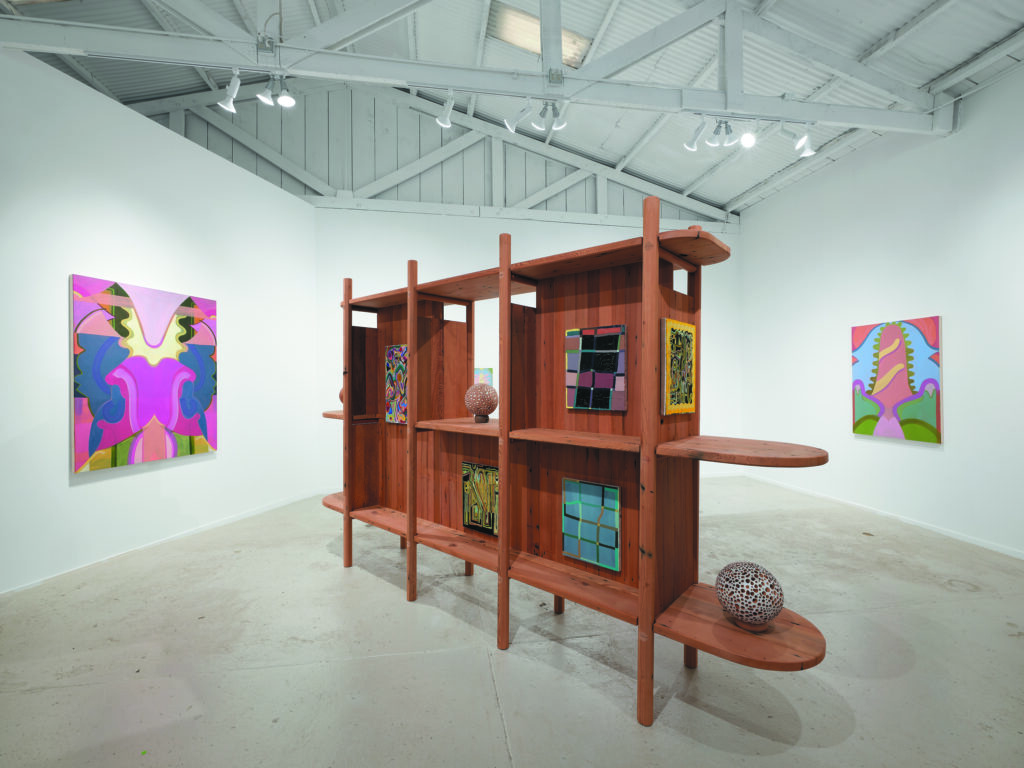
Take the recent presentation of works by late Marin County painter Fritz Rauh, on view with furniture that London-based Rio Kobayashi made last year at Blunk House in response to those works. March brings a show featuring painter Inez Storer and ceramicist Gordon Bryan, with pieces achieved individually and in collaboration with one another. In May, stone surfaces by Nielson will be displayed with cushions handwoven by her mother, Christine, comprising naturally dyed yarn.
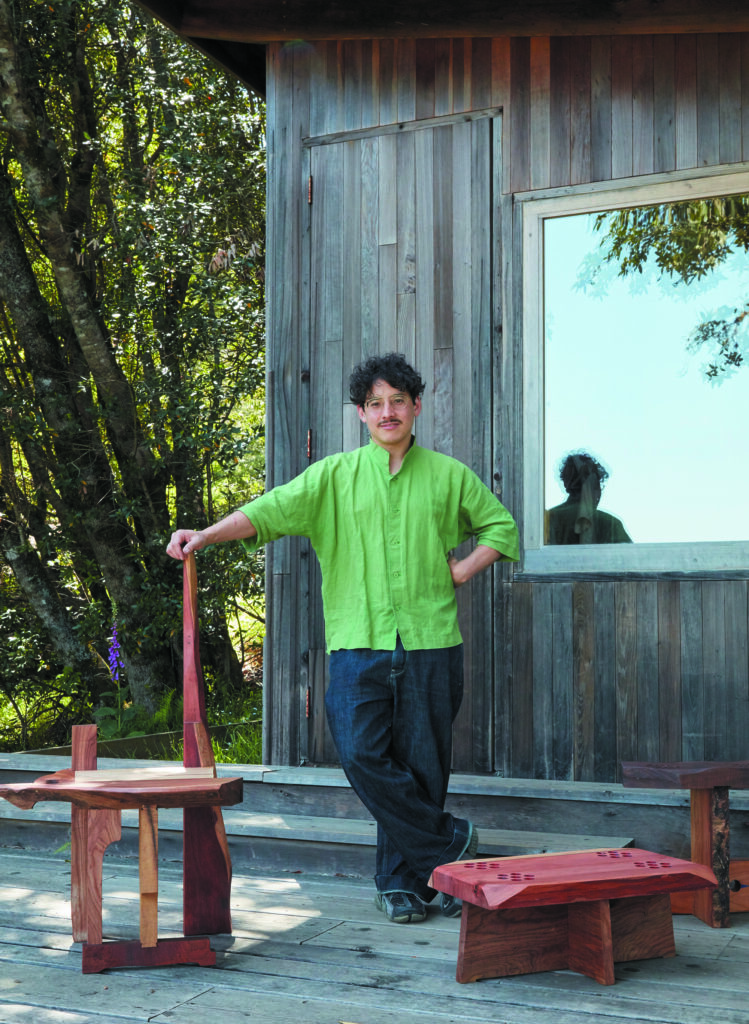
According to Nielson, Blunk Space has evolved organically, with the first exhibition in 2021 sharing works in her father’s permanent collection. After a couple more successful shows, she formally launched the gallery. Last year’s 100 Hooks group exhibition riffed on Blunk’s 1981 solo exhibition, 100 Plates Plus. “Instead of inviting one artist to make 100 of something, why not invite 100 artists to each make one of a specific object?” Nielson elaborates. The concept is now part of the gallery’s program as a biannual event. “It came together in this really organic, almost unexpected way and it’s been an absolute delight,” she says of Blunk Space. “It’s been more of an instinctual process based on timing and chance encounters. I liken that to the way my father lived his life.”
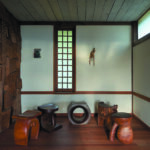
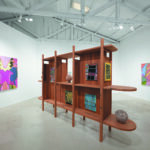
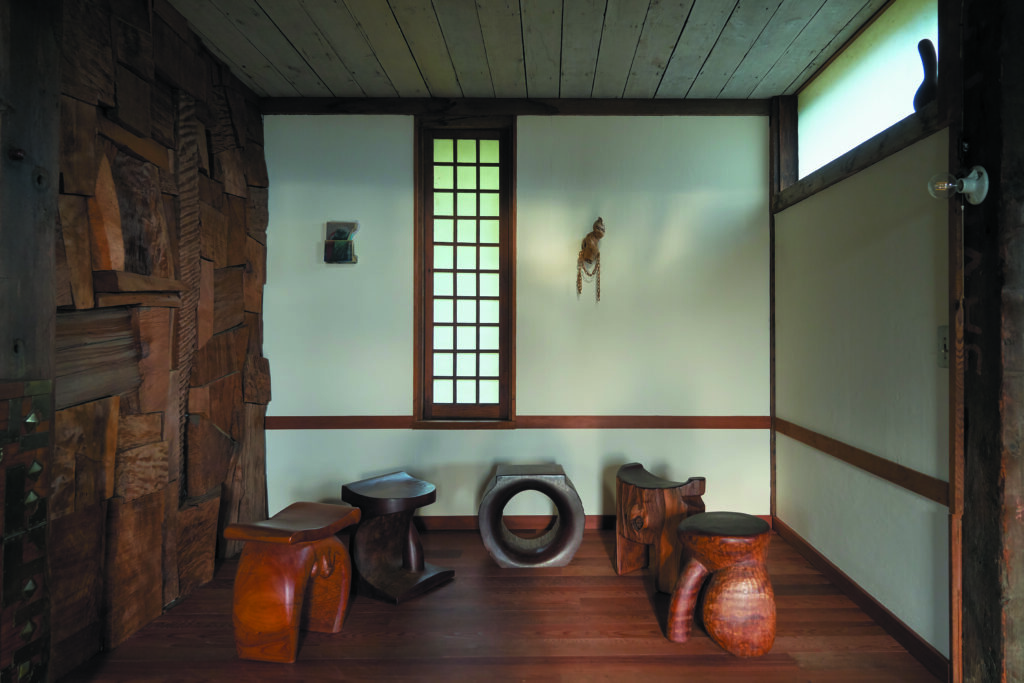 Two hooks that were part of the 100 Hooks exhibition—by Cross Lypka (left) and Saif Azzuz (right)—installed at Blunk House, where JB Blunk handmade the wall and the stools are his original works. Photo by Leslie Williamson.
Two hooks that were part of the 100 Hooks exhibition—by Cross Lypka (left) and Saif Azzuz (right)—installed at Blunk House, where JB Blunk handmade the wall and the stools are his original works. Photo by Leslie Williamson.